
Damon Holter is the president and co-owner of Croix Valley Foods. He’s an award-winning barbecue and grilling expert whose culinary wizardry has been featured in Kansas City Barbecue Society competitions, Steak Cook-off Association contests, Culinary Fight Club events and The World Food Championships. He has also been featured in cooking and grilling segments on the Travel Channel, Outside Television and the Food Network.
He swears by these kamado grilling tips, but first …

What is a Kamado Grill?
Made from ceramic rather than metal, kamado grills are ready for cooking faster and retain heat longer than standard grills. But the key difference is in the results: Kamado grills contain moisture and smoke better for more flavor.
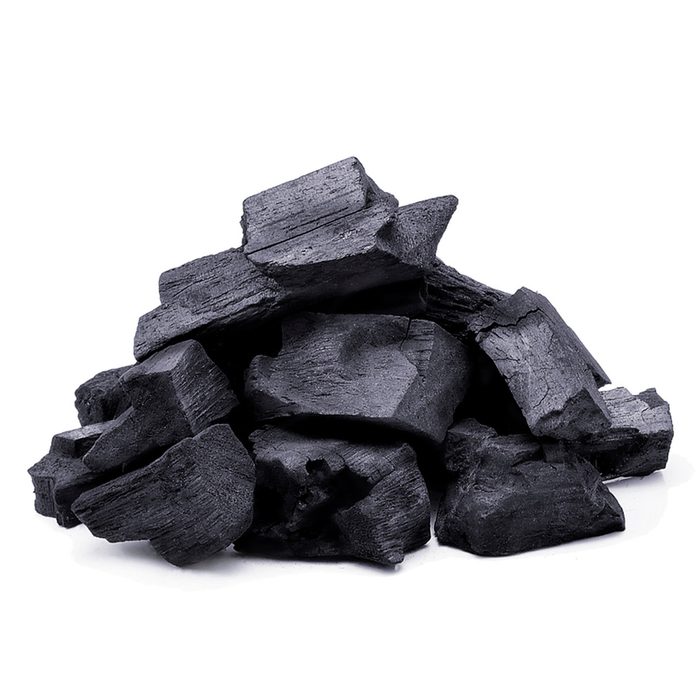
Arrange Your Charcoal Properly
If you’re using natural lump charcoal, place the larger lumps toward the bottom. That way, ash from smaller pieces will have less opportunity to restrict airflow into the grill’s fire ring, resulting in a consistent, even burn.
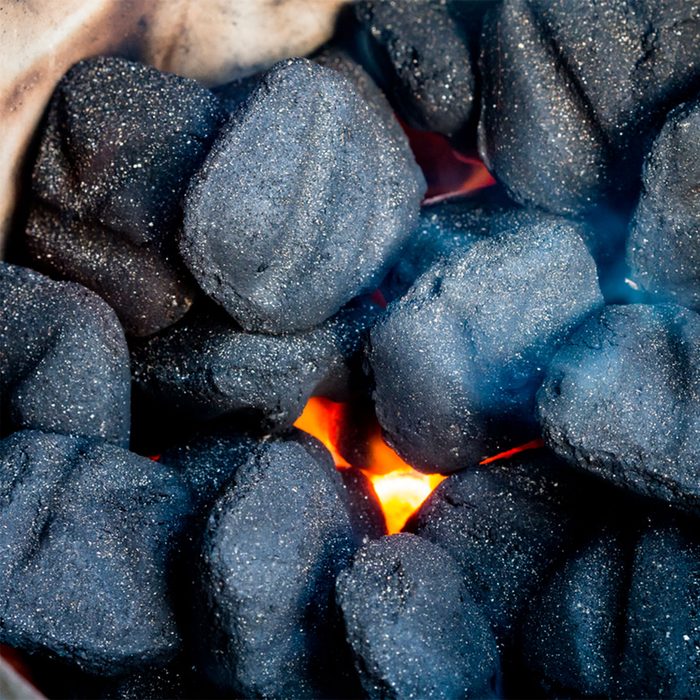
Ignite the Middle of the Charcoal
When igniting charcoal in a kamado, place and light a firestarter in the middle of the charcoal. With the lid and vents wide open, wait until you have a softball-sized amount of burning coals, then close the lid and manage the airflow with the vents. This will ensure you ignited a manageable amount of fuel. You want a steady, slow burn that will slowly spread outward through over time.

Choose Chips or Chunks
Both wood chips and wood chunks work great in a kamado grill but should be treated differently. Since they’re small, dry wood chips tend to burn too quickly. Soak them in water first to get a slower, smoky burn. Chips should be evenly distributed over the charcoal to produce a longer smoke and are ideal for adding flavor to shorter cook times, such as when grilling steaks or pork chops.
Wood chunks, on the other hand, do not need to be soaked. Place them around the outer edge of the fire bowl/ring so they burn slowly as the coals spread, leading to a long-lasting cook filled with smoke flavors.
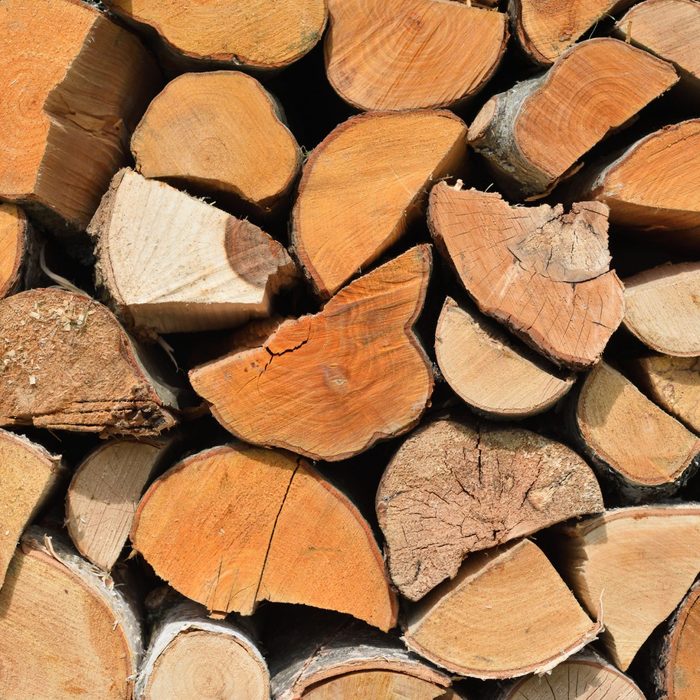
Wood Recommendations
Different woods impart nuanced flavors to various foods. With lighter meats such as poultry, ribs and seafood, lean toward fruitwoods such as apple, peach and cherrywood. When smoking heartier meats such as pork butt, beef brisket and prime rib, lean toward more robust woods — hickory, oak or pecan.

Conserve Your Fuel
Kamado grills are well-insulated, so they require less charcoal to achieve higher, longer-lasting temperatures than metal non-insulated grills. When you’re finished grilling, close all vents to extinguish the fire and you’ll be left with usable charcoal. The next time you grill, simply shake out the ashes, top off your charcoal and you’re ready to get cooking.
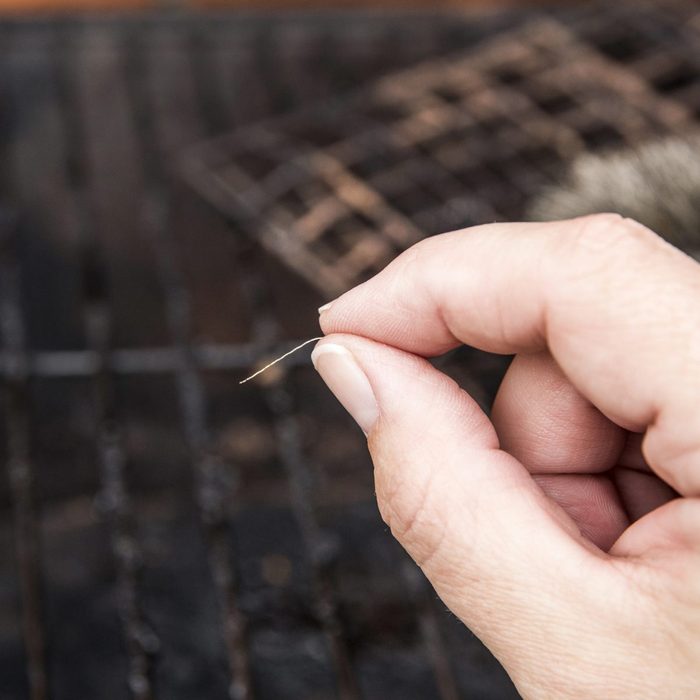
Avoid Wire Brushes When Cleaning
Wire brushes are notorious for losing bristles that can wind up in your food and ultimately in your body. If caught in your throat, this can even be life-threatening. Use a wooden grill cleaning tool or wad up a piece of aluminum foil to brush off the debris. Cleaning the grill grate while it’s still hot makes this task a breeze.

Avoid Chemical Cleaners
Ceramic is porous and will harbor chemical residue that can be transferred to your food. To clean the inside of your grill, simply brush and scrape the interior surface. Warm water and dishwashing detergent are all you need to keep the exterior looking great.

Catch Your Grease
When smoking fatty foods such as a pork butt, place a disposable foil pan under the meat to catch the rendered fat. This will minimize the grease buildup that can cause flare-ups or eventually leak out of the bottom vent, leaving a mess on your beautiful cart.
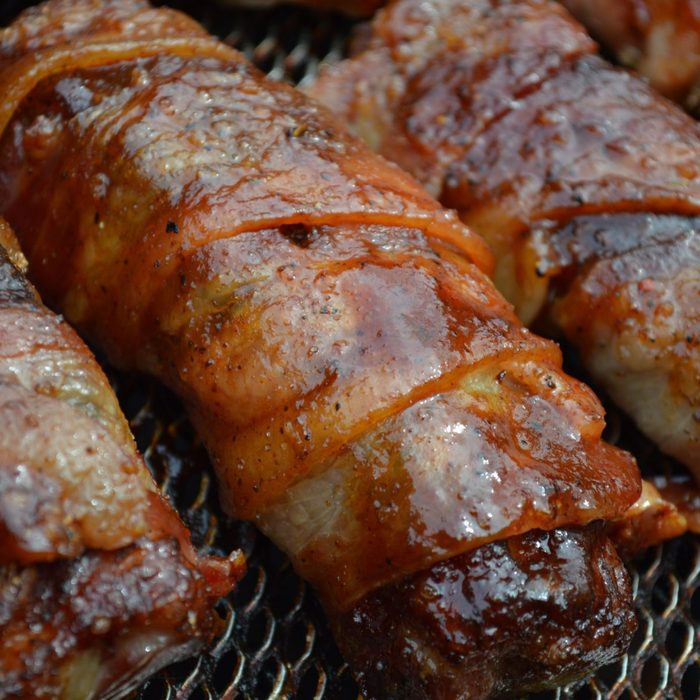
Apply Sauces Last
Most barbecue sauces are high in sugar, which can burn quickly under high heat. Once your food is nearing the desired temperature and doneness, close all vents and lower the heat. Baste foods with sauce and let it “set” on meats under the decreasing temperatures for 15 to 20 minutes. This will create an even coating of slightly caramelized sauce that will stay put, rather than running off.
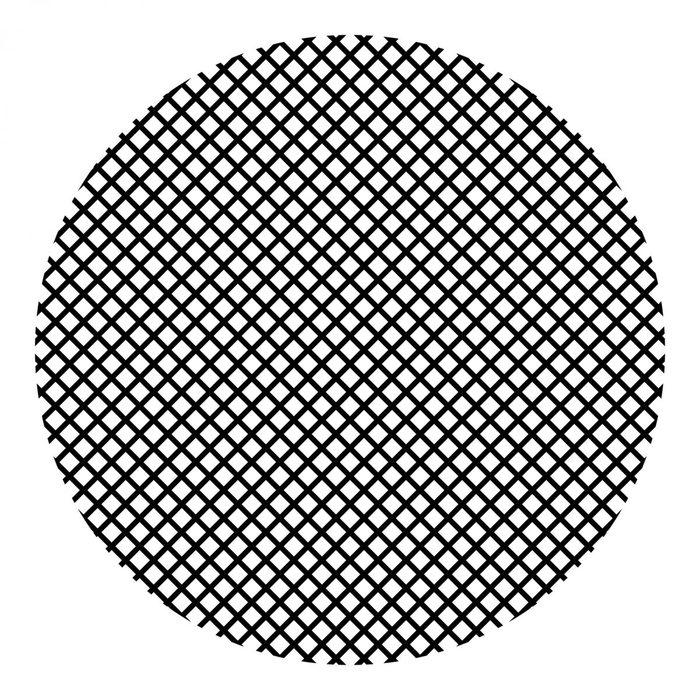
Use a Screen for the Small Stuff
When cooking foods like shrimp, wings or veggies, place them on a wire screen like a pizza screen. Spray the screen with a little cooking oil to prevent sticking, then set it directly on the grill grates. This not only keeps small stuff from falling through the grate but also allows you to quickly place and remove all of your food at once. That means removing the grill cover less, which means less time when the coals will be exposed to excess airflow.